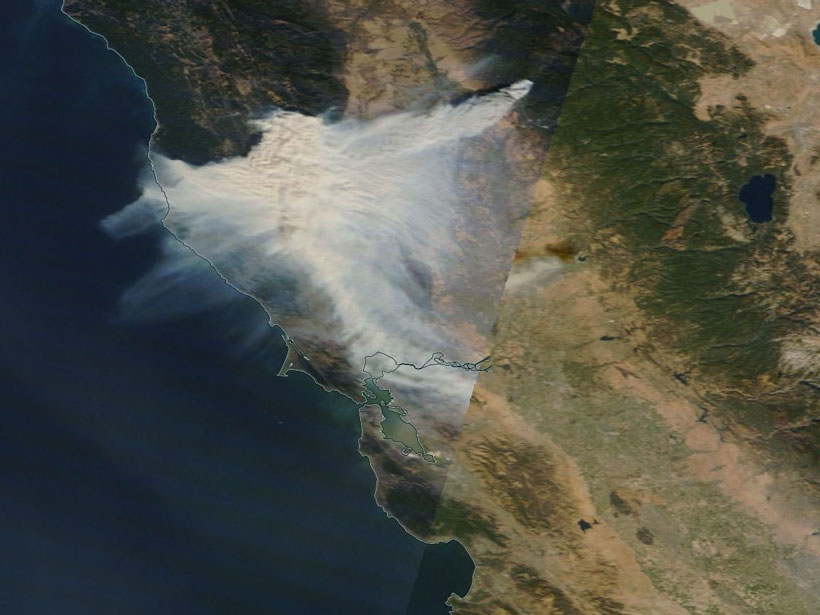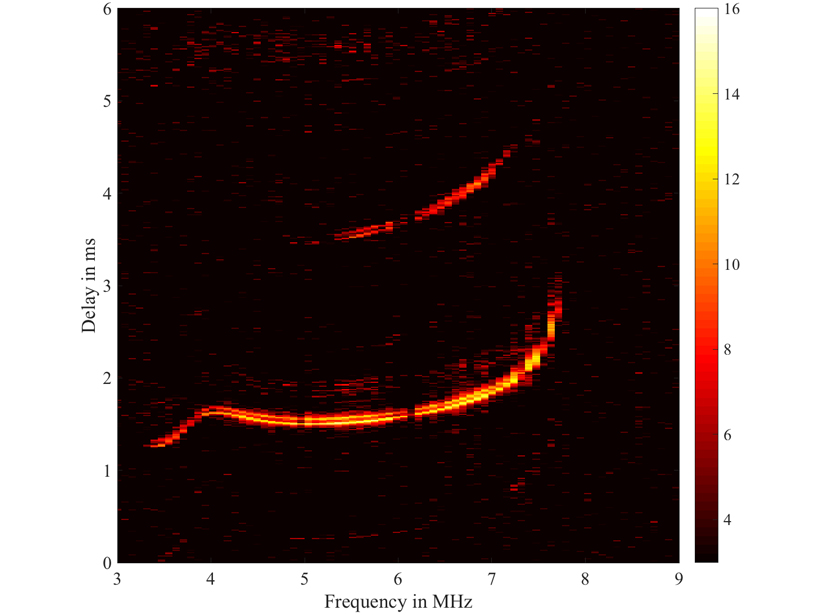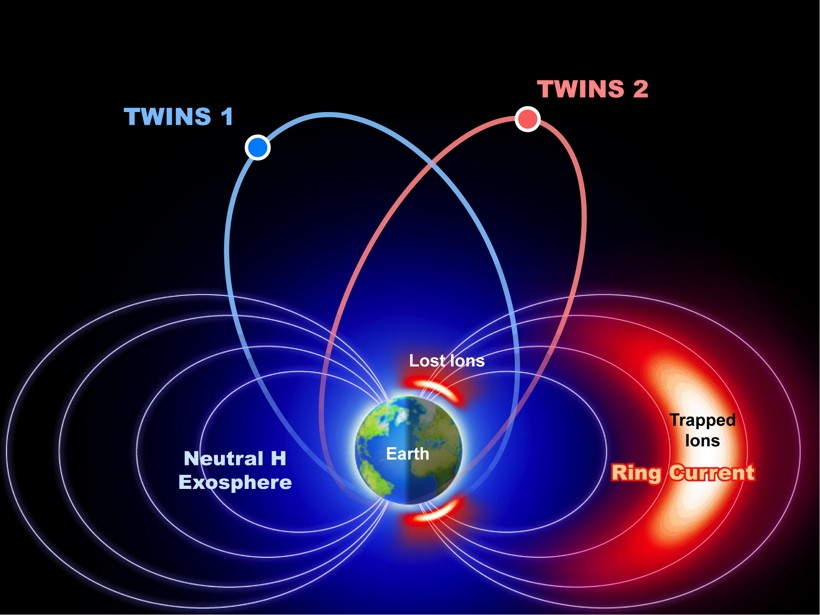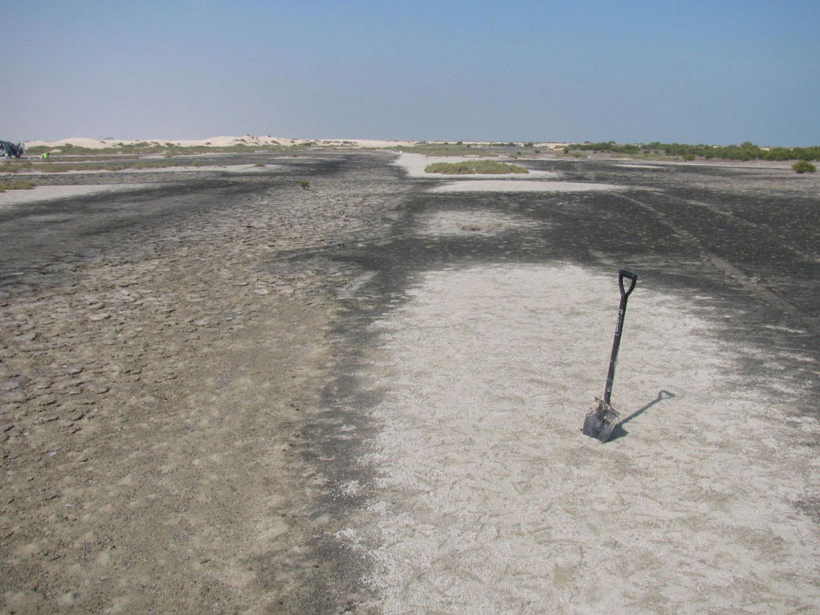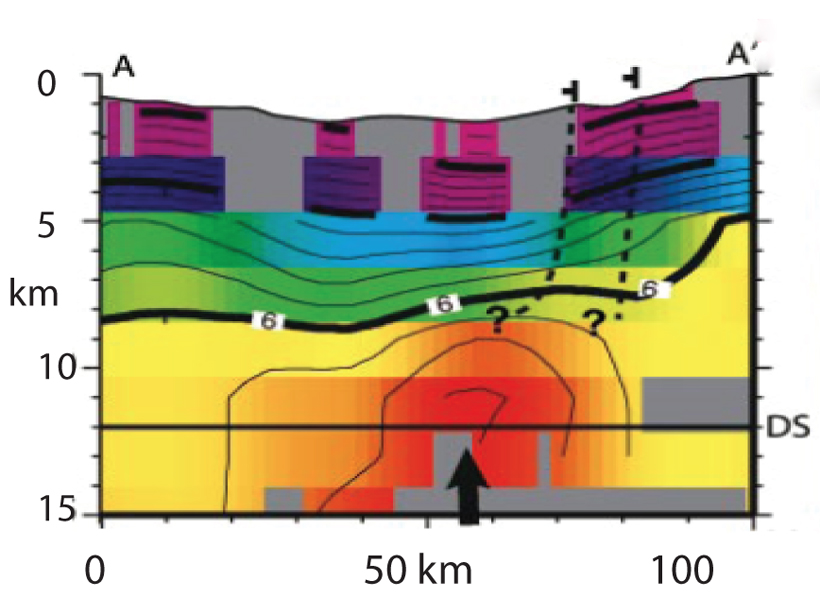Here’s what a century of ice melt looks like on the Alps’ highest peak.
imagery
Small Seismic Signals Tell a Story of Iceberg Calving
Seismic signals detected hundreds of kilometers away from Greenland glaciers reveal the calving style and iceberg size.
New Proof That Accretion Disks Align with Their Black Holes
In the most detailed and highest-resolution black hole simulation to date, an international team of researchers showed the Bardeen-Petterson effect for the first time.
New Eyes on Wildfires
Onboard machine learning and compact thermal imaging could turn satellites into real-time fire management tools to help officials on the ground.
High Resolution Imaging of Ionosphere by Lightning
The three-dimensional distribution of electron density in the Earth’s ionosphere could be obtained using the broadband radiation of naturally occurring lightning discharges.
Space Weather in the Machine Learning Era
Space Weather: A Multi-disciplinary Approach; Leiden, Netherlands, 25–29 September 2017
The Big Picture in Geospace
A NASA stereo-imaging mission called TWINS continues to push the boundaries of what we know about the region of space close to Earth.
Images Suggest a Viral Role in Some Rock Formation
Viruses might have helped transform dense bacterial colonies into a type of sedimentary rock that is frequently associated with underground oil reserves.
The Many Magmatic Modifications to the African Continent
How the very slow moving African Continent, with a lithosphere of quite varied age elements and thickness, has responded to ongoing asthenospheric modification.
Testing a New Tool That Illuminates Tiny Fractures in Coal
A computational model outperforms a widely used microcomputed tomography imaging method in characterizing coal fractures.




